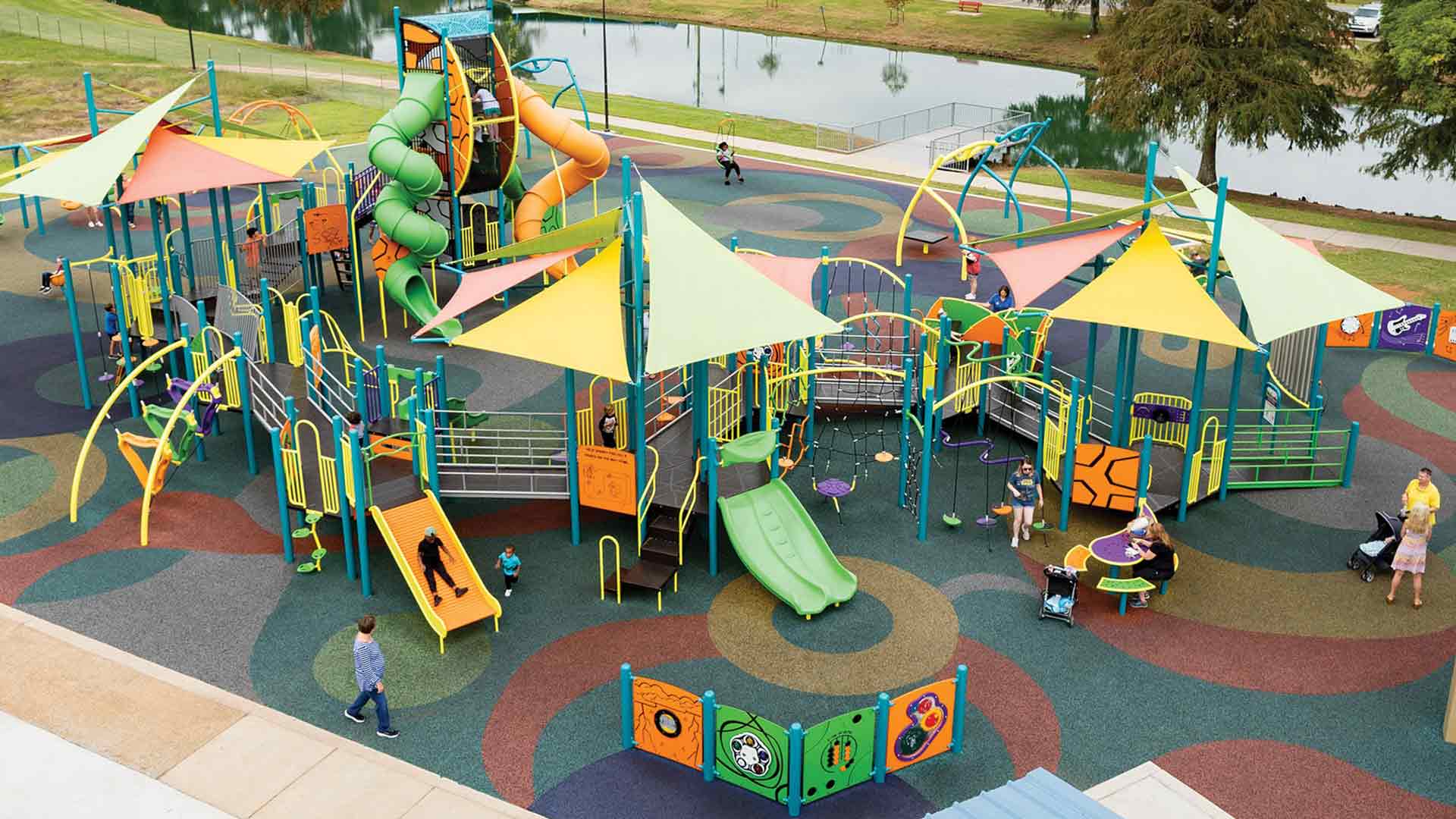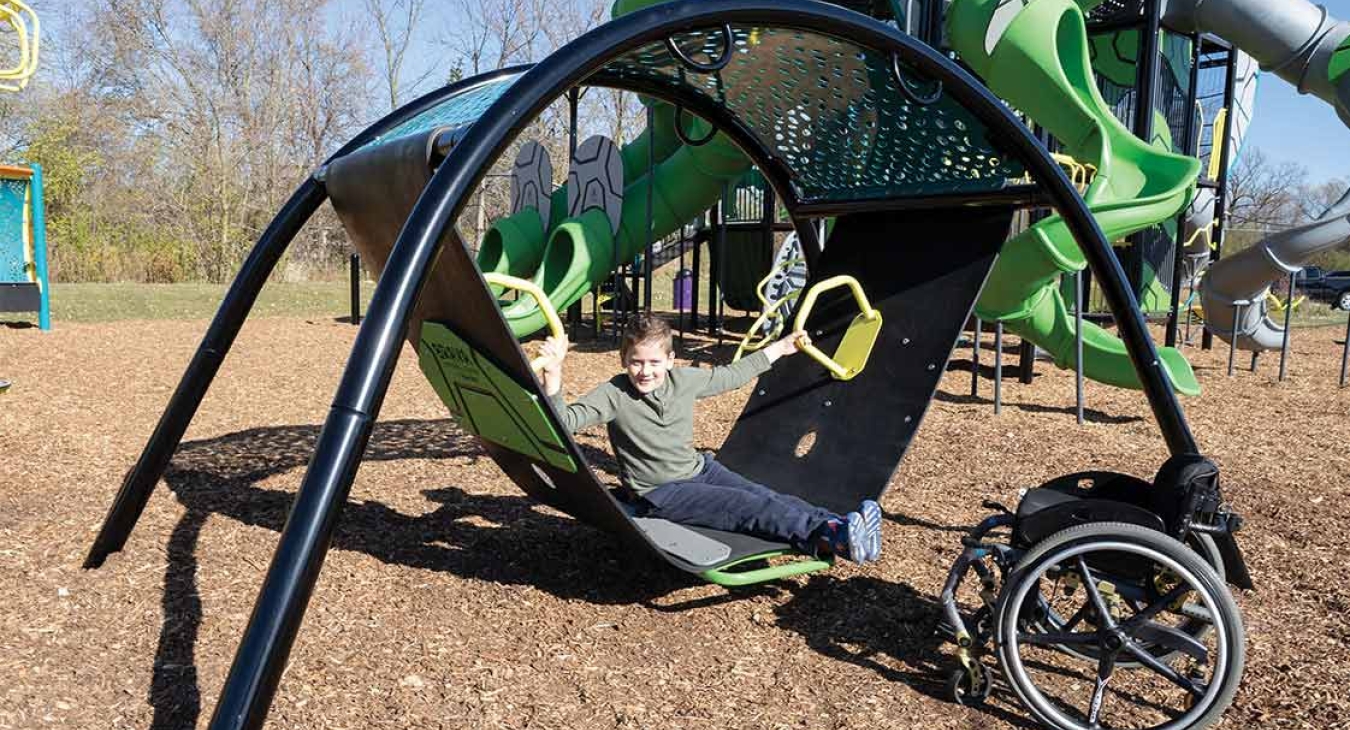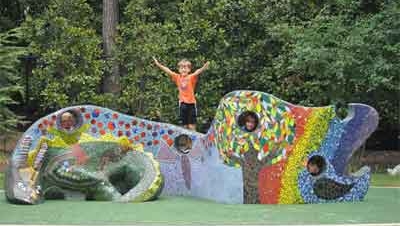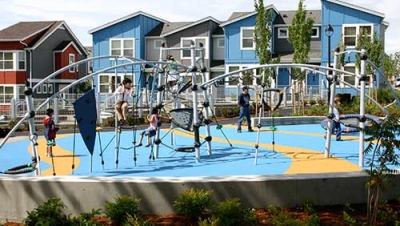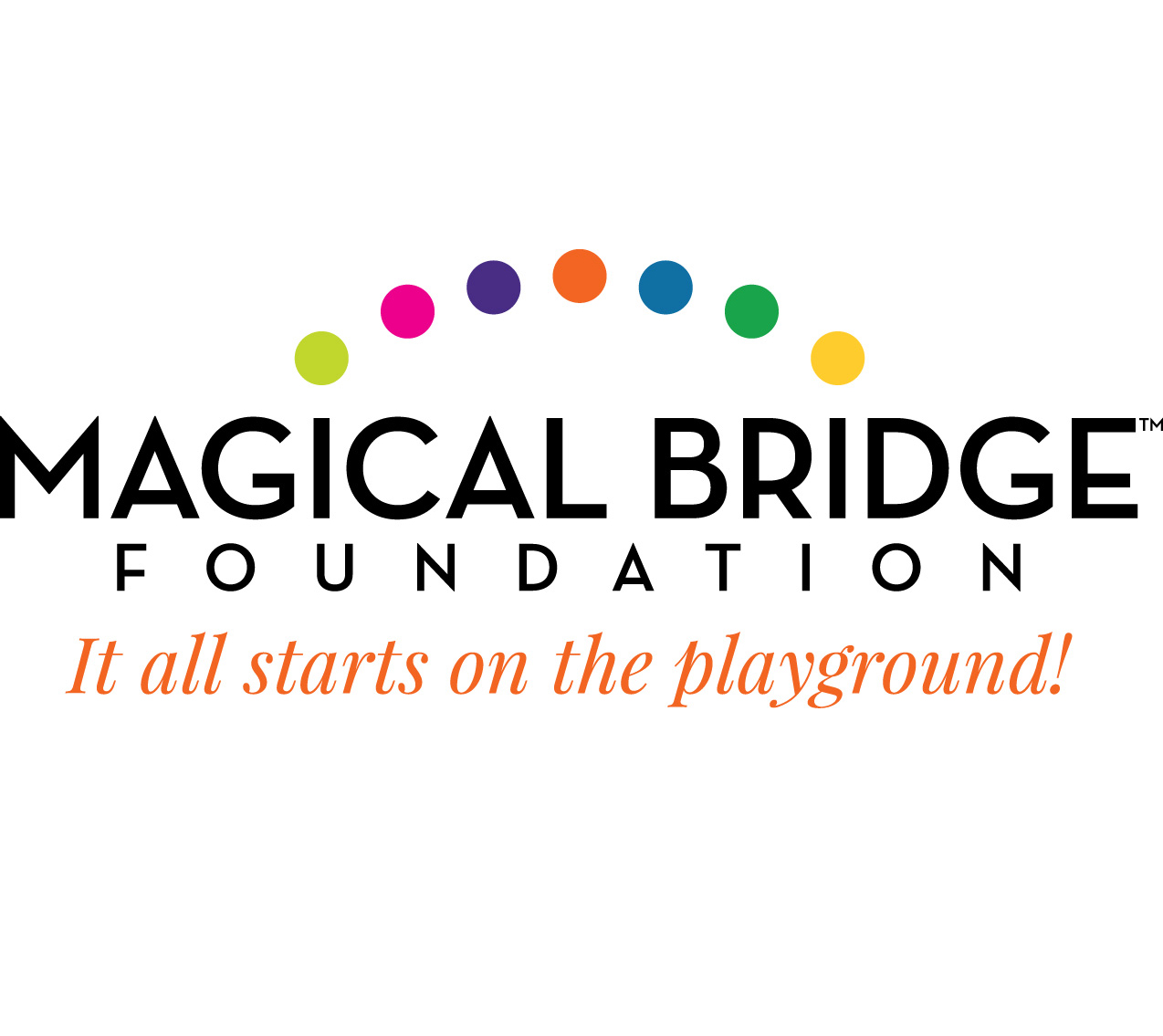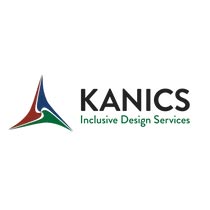Top Five Inclusive Playground Design Considerations
Playgrounds, recreation and outdoor fitness spaces help communities get outside, get moving and develop lasting bonds. There are many factors to consider in inclusive playground design…these are the Top Five from our professional team of playground designers!
-
Play variety
Different people have different needs and thrive by participating in a variety of play activities. Having a multitude of play opportunities in different categories (sensory, spinning, swinging, etc.) is key to meeting everyone’s needs and preferences. It also provides a well-rounded play experience and hits all developmental areas so children can get the most from their playtime.
-
Age groups
Age-appropriate play helps children develop at a level that is comfortable and fun for them while still challenging them to grow. Not only is it important to have different age groups for children, but multigenerational play is also important! ELEVATE® Fitness Course is a great way to engage people of all ages and fitness levels in outdoor fitness and fun! Communities can exercise and compete together in an open space making it that much easier to WANT to move!
-
Play equity
Everyone deserves access to play and recreation areas and those areas should provide experiences that are comfortable, developmentally-rich and full of play variety for children of all abilities. This means children can have the same play experience no matter their ability or preferences. Swinging is a great example of this. There are multi-user swings, traditional belt swings, the Freedom Swing designed for a more supportive swinging experience, the Konnection® Swing for a caregiver and child or two children and the Brava® Universal Swing that reimagines swinging for all. Designing a playspace that is inclusive of a variety of swinging options offers everyone equal opportunity to participate and gain the benefits of swinging.
-
Barrier-free
Creating a space free from barriers goes beyond access and into inclusive play design. Removing barriers to play means the play space, playground or recreation space must be accessible and usable without restriction for all children, adolescents, adults and older adults. It must also be engaging, fun and provide experiences users want to have. Surfacing, varied levels of play events and a variety of experiences remove barriers to not only getting into the space but really being part of something bigger.
-
Focus on the “can”
Changing the conversation to focus on what people can do vs what they can’t shifts the discussion and provides a positive approach to both product and space design. How people can and want to use the space allows us to design spaces that are really for all people of all ages and abilities. That is inclusivity.
Learn more about planning your dream playspace with Burke or contact your local Burke Representative to get started today!

